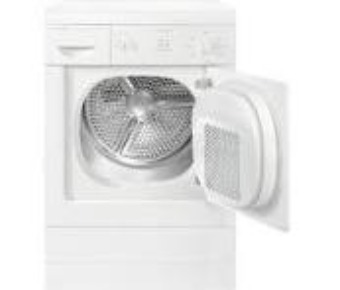Recent Comments
Categories

There is an entire science on how to use a washing machine, but the same can be said for clothes dryers. Our dryers take out hours of drying time for clothing, towels, bedding, and other fabrics and come out warm, clean, and soft. Like with a washing machine, you can get a better or worse experience out of your dryer, depending on how you use it. There’s more to the machine than the dryer itself. Here are some ways to maximize your machine’s efficiency through its dryer vent ducts and lint traps.
Clothes Dryer Vent Ducts
Behind the dryer is usually a vent duct. There are ventless dryers and washers, but the majority have a vent that connects the machine to ductwork that leads out of the house. A clothes dryer works by taking the moisture from the wet clothes via heat and channeling that moist, hot air outside the house, leaving your clothes warm and dry. The dryer vent ducts need to funnel that hot air out in the most efficient manner possible for you to have the biggest energy savings and the least exertion on your machine. Therefore, it is best for the exhaust duct run to be as short as possible with little to no bends for the air to navigate. The quicker the route, the less effort it takes.
Additionally, clean ducts will make the clothes drying process more efficient and safer. Dryer vent fires are more common than you might think; exhaust ducts can clog with lint and dirt and become a fire hazard. According to the NFPA, about 17,000 dryer fires are reported each year, resulting in hundreds of injuries and fatalities per year. The most common cause for dryer vent fires happens to be dirty vent ducts. If you notice your clothes are taking longer to dry, it could be time for dryer vent cleaning!
Clothes Dryer Lint Traps
The lint trap is another notorious part of a dryer that needs cleaning to prevent a fire. The best habit is to clean the lint off the trap after each use. The dry fluff is the perfect tinder for an electrical fire; even if you do not have much lint after a load, it is best to remove it completely each time.